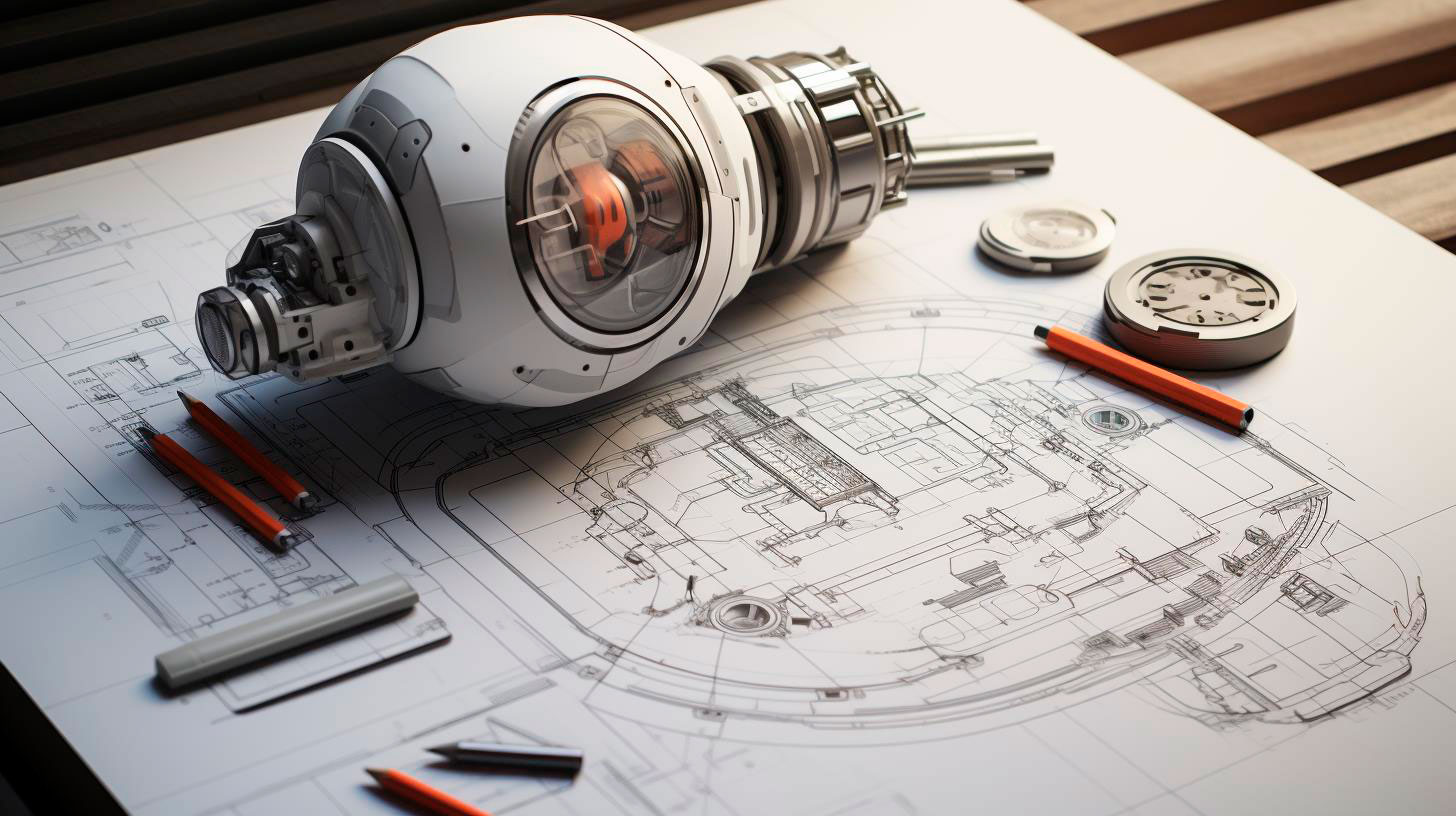In this article, we will explore the economic viability of refurbishing versus decommissioning aging nuclear power facilities. By considering various factors, we can determine the most cost-effective and sustainable solution for these facilities.
The Importance of Nuclear Power Facilities
Nuclear power facilities have been vital in generating clean and abundant electricity for decades. According to the International Atomic Energy Agency (IAEA), nuclear power provides approximately 10% of global electricity, avoiding millions of tons of CO2 emissions every year. Furthermore, nuclear power is a reliable and constant source of energy, ensuring a stable power supply even in times of high demand.
The Aging Challenge
As nuclear power facilities age, their operational efficiency decreases, and safety concerns become more prevalent. It becomes essential to assess whether refurbishing or decommissioning these aging facilities is the best course of action. Let’s now explore the economic viability of each option.
Refurbishing Aging Nuclear Power Facilities
Refurbishing aging nuclear power facilities involves extending their operational lives through upgrades, maintenance, and modernization. This option allows facilities to continue generating electricity, benefiting from their existing infrastructure while incorporating newer technologies. Several benefits of refurbishing include:
- Cost-effectiveness: Refurbishment costs are generally lower than constructing new facilities, maximizing the return on investment.
- Sustainability: Refurbishing existing facilities helps reduce environmental impact by extending the lifespan of clean energy generation.
- Job creation: Refurbishment projects often require a skilled workforce, creating employment opportunities for local communities.
According to the World Nuclear Association, refurbishment can extend the operational life of a nuclear power facility by 20 to 40 years. Moreover, refurbishing facilities can contribute significantly to meeting future energy demands and reducing dependence on fossil fuels.
Decommissioning Aging Nuclear Power Facilities
Decommissioning aging nuclear power facilities involves safely shutting them down, dismantling the infrastructure, and managing nuclear waste. While decommissioning may seem like the end of an era, it also presents several advantages:
- Environmental responsibility: Decommissioning ensures safe dismantling and disposal of radioactive materials, protecting both people and the environment.
- Reutilization potential: Following decommissioning, the land can be repurposed for other purposes, such as renewable energy projects.
- Technological advancements: Decommissioning provides an opportunity to develop innovative methods for nuclear waste management and storage.
It is crucial to note that decommissioning can be cost-intensive and can take several years to complete. According to the Nuclear Energy Agency, the cost of decommissioning a nuclear power facility can range from hundreds of millions to billions of dollars, depending on various factors.
Economic Viability and Considerations
When deciding between refurbishing and decommissioning aging nuclear power facilities, several key considerations must be taken into account:
- Cost analysis: A detailed analysis comparing the costs of refurbishment against decommissioning is crucial in determining economic viability.
- Regulatory standards: Compliance with strict regulatory standards in refurbishment or decommissioning is essential to ensure safety and environmental protection.
- Public opinion: Taking into consideration public sentiment and addressing concerns regarding nuclear power is necessary for any decision to move forward.
Ultimately, the economic viability of refurbishing versus decommissioning aging nuclear power facilities depends on various site-specific factors, including the condition of infrastructure, environmental impact, and cost estimates.
Conclusion
The economic viability of refurbishing or decommissioning aging nuclear power facilities is a complex decision that requires careful consideration. While refurbishment offers cost-effectiveness and sustainability benefits, decommissioning ensures environmental responsibility and technological advancement. By evaluating the specific circumstances of each facility and incorporating public opinion, the best solution can be determined.
Both options contribute to the transition to a cleaner and more sustainable energy future. Maintaining a balance between nuclear power’s valuable contributions and the need for safe and efficient operations is crucial in meeting the growing global energy demands.
For further information regarding nuclear power facilities and their impact on sustainable energy, please visit the International Energy Agency website.
